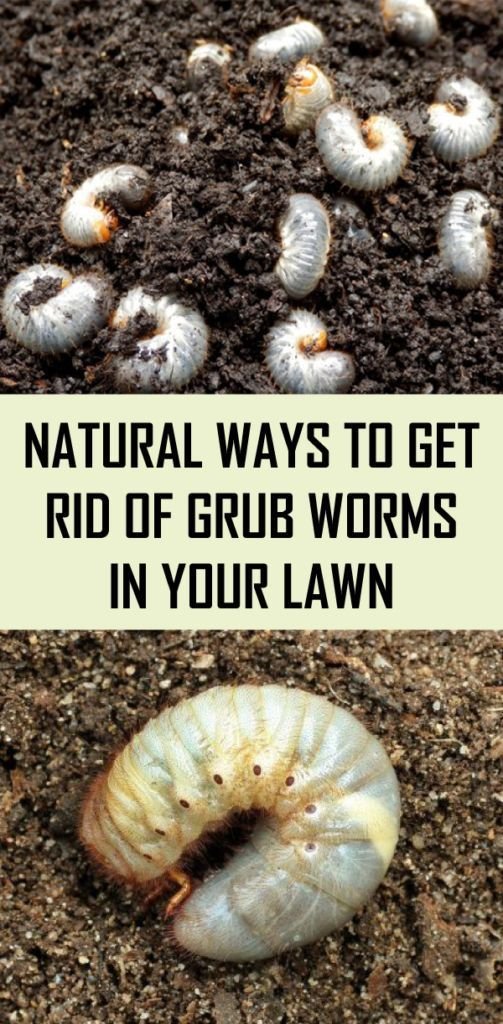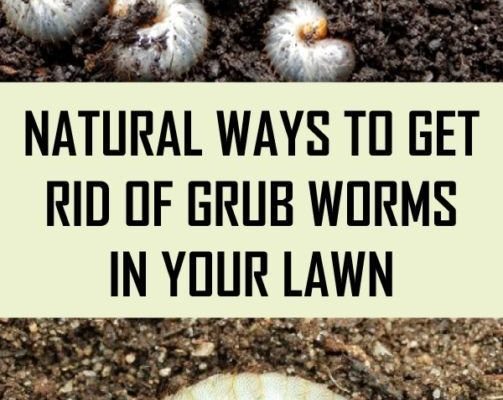
So, what exactly are grub worms? In simple terms, they’re the larvae of various beetles, with the most common culprits being Japanese beetles. They thrive secretly underground, where their appetite for roots can damage plants. Think of them as the garden’s hidden pests—silent but potentially harmful. But fear not! Armed with the right knowledge, you can kick those little grubs to the curb and restore peace to your garden.
Understanding Grub Worms: The Basics
Before diving into removal methods, it’s essential to understand what you’re up against. Grub worms tend to develop in warm months, usually spring and summer, feeding off the roots of various plants. They are not picky eaters and will munch on grass, ornamental plants, and vegetables alike. Fortunately, identifying them isn’t too hard; look for those white, C-shaped larvae lurking in the soil.
You might be wondering how to tell if grub worms are present in your garden. A sure sign is wilting or dying grass or plants, even with regular watering. If you pull on these plants and they come up easily—without much resistance—it could mean grubs are eating the roots.
What’s more, grubs can also attract other pests, like birds who feast on these larvae. So, while one grub can seem harmless, it can lead to a ripple effect in your garden ecosystem.
Signs of Grub Infestation
Spotting grub worms early can save your plants from severe damage. Here are a few warning signs to watch out for:
- Wilting plants: This is often the first sign. If your plants seem thirsty even after watering, check for grubs.
- Discolored patches: Look for yellowing or dead patches in your lawn or garden beds.
- Easy plant removal: If your plants come out too easily from the soil, it’s time to investigate.
If you notice these signs, grab a trowel and dig a bit. Open up the soil and peek below the surface. If you spot any grub worms snacking away, it’s time to take action!
Safe Removal Methods
Now for the part you’re waiting for—how to safely remove those pesky grub worms! Here are several strategies you can adopt:
1. Handpicking
This might sound a bit tedious, but handpicking can be surprisingly effective. Get out there with some gloves and a bucket. Dig around the affected areas, and when you see those white grubs, pluck them out. It’s best to do this early in the morning when they’re most active near the soil surface.
2. Beneficial Nematodes
If you’re looking for a more natural route, consider using beneficial nematodes. These microscopic worms feed on pest larvae, including grubs. Just mix them with water and spray them onto the affected soil. They’ll do the dirty work for you! The best part? They’re completely safe for your plants and beneficial insects.
3. Organic Pesticides
Sometimes a little extra help is needed. Look for organic pesticides specifically designed to target grubs but are safe for your plants. Products containing neem oil or diatomaceous earth can be effective. Just remember to follow the instructions on the label carefully for the best results!
Preventing Future Infestations
Once you’ve dealt with the current grub problem, you want to take steps to prevent them from returning. Here are some handy tips:
- Maintain healthy soil: Healthy soil leads to strong plants that can resist pest damage.
- Encourage beneficial insects: Ladybugs and lacewings can help control pest populations in your garden.
- Rotate your crops: Changing up your planting areas each season can confuse pests.
By fostering a diverse and healthy garden, you create an environment that’s less attractive to grubs and other pests.
When to Call in Professionals
Sometimes, despite our best efforts, a grub worm infestation may be severe enough that you can’t handle it alone. If you’re finding grubs consistently year after year, or if your plants have suffered significant damage, it might be time to call in the professionals. A pest control expert can assess your garden and provide a tailored treatment that targets grubs while preserving the health of your plants.
You’ve got this! With a little patience and the right methods, removing grub worms from your garden soil is well within your reach. Remember to check for those telltale signs, use safe removal techniques, and focus on prevention to keep your garden thriving. After all, there’s nothing more satisfying than watching your plants grow strong and healthy, free from those pesky grubs. So, roll up your sleeves, and let’s keep your garden flourishing!

